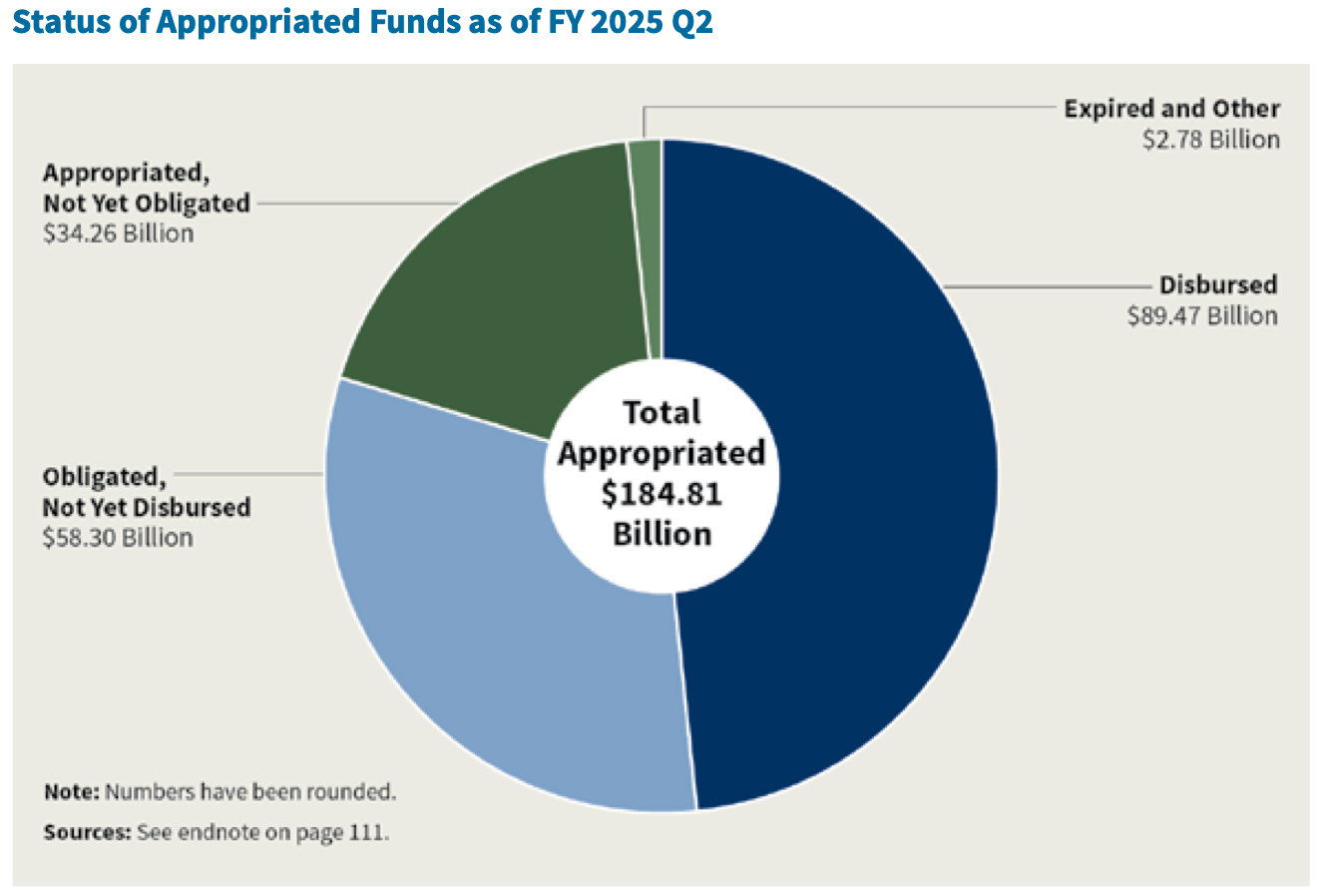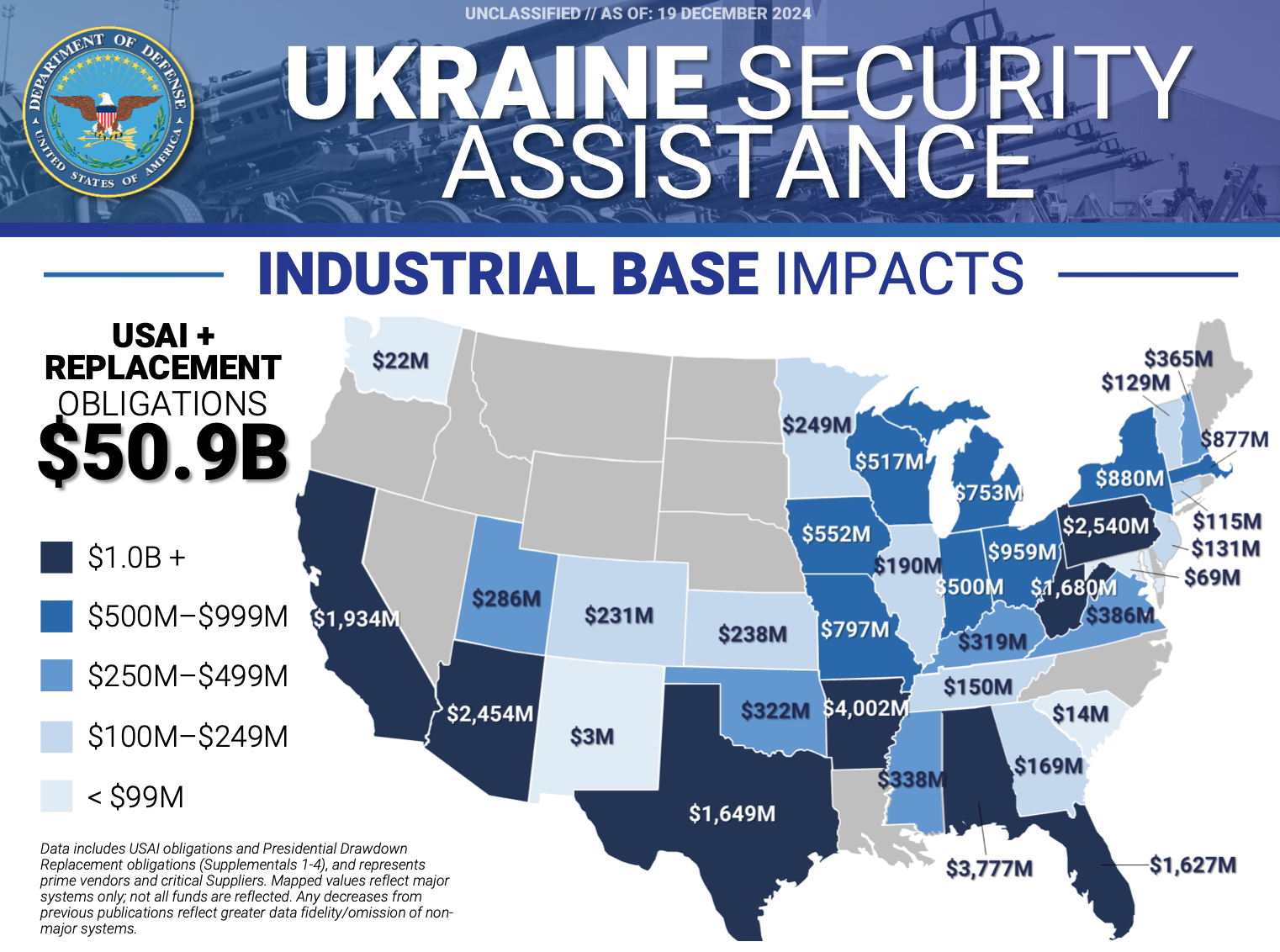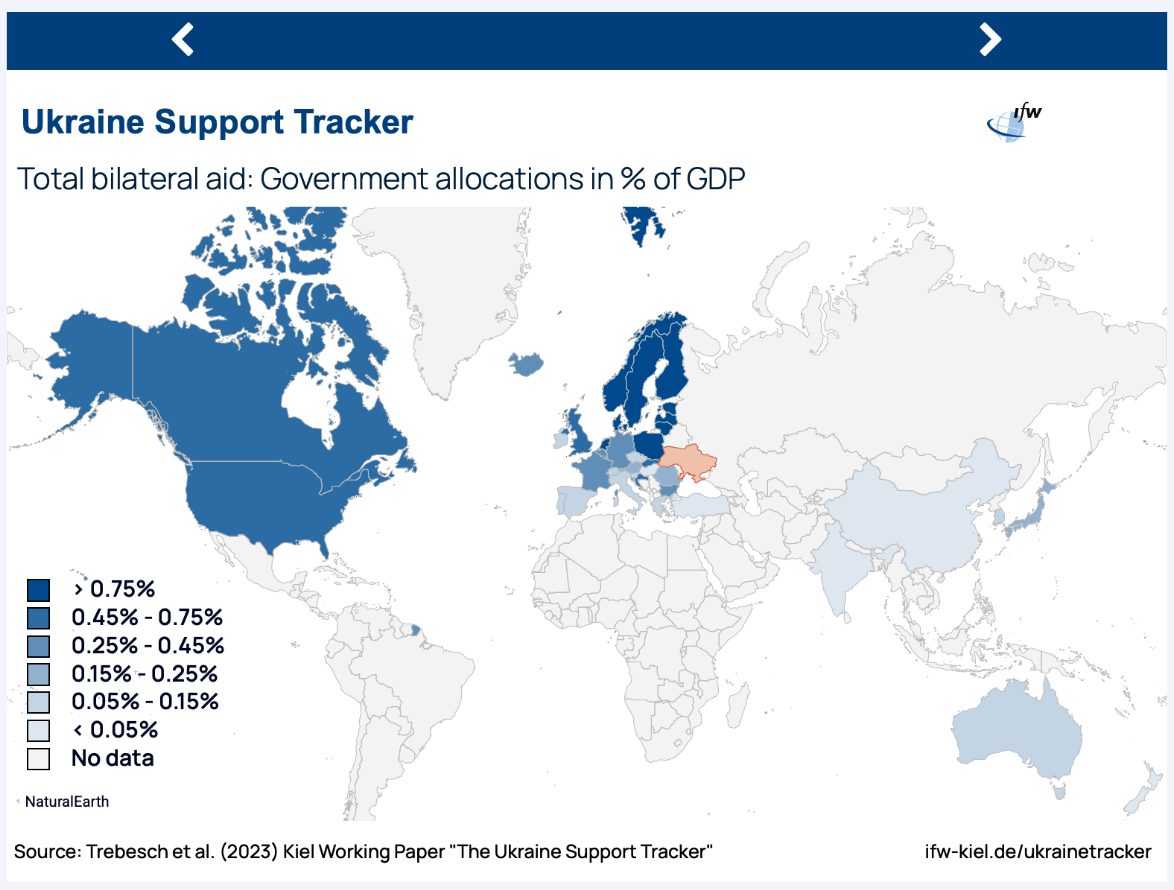
Fuel for Freedom
Weapons. Humanitarian Relief. Resolve
This Is Where U.S. Aid Goes
Know the facts—understanding Ukraine aid turns knowledge into action and truth into impact.
Knowledge fuels action. By understanding how Ukraine aid works—where it goes, what it supports, and why it matters—you become part of a global movement that defends democracy and human rights. Dive into the facts, question the noise, and discover how informed voices can drive real change. The truth is power—use it.
Public Perception vs. Reality
WHAT AMERICANS REALLY THINK ABOUT UKRAINE AID
Allegations that Ukraine is getting a blank check from the US government are simply not true. Recently, president Trump claimed the U.S. has spent $350 billion on aid to Ukraine. This figure significantly overstates the actual amount. According to recent surveys, Americans remain divided on the issue: about 30% believe the U.S. is giving too much support, while 22% think it's not enough. These perceptions often reflect political leanings and media influence, but they don’t align with verified data. Since February 2022 and as of March 2025, Congress has appropriated or otherwise made available $184.81 billion for OAR (Operation Atlantic Resolve) and the broader Ukraine response. This figure is far below the $350 billion figure cited by the President.
Summary of total appropriated funds under the Operation Atlantic Resolve (OAR) program since 2022. Source: Special Inspector General report to the US Congress I January 1, 2025–March 31, 2025
Dissecting the Ukraine Aid Package
The $61 billion Ukraine aid package passed in 2024 was a significant U.S. commitment aimed at bolstering Ukraine’s defense and long-term resilience. The largest share—$25.7 billion—was allocated for military support, including replenishing U.S. stockpiles, direct funding for Ukraine to purchase weapons, and strengthening the U.S. defense industrial base to increase production of key munitions like 155mm shells. This package brought total U.S. aid to approximately $185B since the war began and was expected to sustain Ukraine’s efforts through early 2025. With no new aid passed in 2025, questions remain about Ukraine’s long-term strategy for achieving victory.
UKRAINE AID ALLOCATION
The infographic above outlines the distribution and scale of U.S. investments directed toward strengthening the domestic economy and industrial base, with a focus on expanding the production capacity for critical munitions. Arizona is one of the top states benefitting from the obligated funds. Updated as of December 2024. Source: US Department of Defense.

U.S. Aid Freeze Sends Unsettling Signal to NATO Allies
Recent halts of all military aid to Ukraine under the current administration raised urgent concerns about Ukraine’s ability to defend itself. These freezes included critical weapons systems and munitions, such as Patriot air defense interceptors and long-range strike capabilities, that Ukraine and its European allies struggle to replace. This pause follows a contentious meeting between President Trump and Ukrainian President Zelenskyy, with the White House stating the aid is under review to ensure it aligns with peace efforts. The decision has left Ukraine more vulnerable to russian attacks and has sparked debate over the future of Western support in Ukraine’s fight for peace.
Tracking the Facts:
Trusted Sources for referencing Ukraine Aid data
When researching Ukraine aid, relying on accurate, nonpartisan sources is essential to understanding the true scale and impact of international support. Misinformation and inflated figures can distort public perception and policy debates, which only benefits the enemy. One of the most trusted resources is the Ukraine Support Tracker from the Kiel Institute for the World Economy. This comprehensive database monitors and quantifies military, financial, and humanitarian aid from over 40 countries, offering regularly updated data and visualizations. Readers can explore detailed graphs, compare donor contributions, and stay informed on the evolving landscape of global assistance to Ukraine by visiting the Kiel Institute’s Ukraine Support Tracker.



